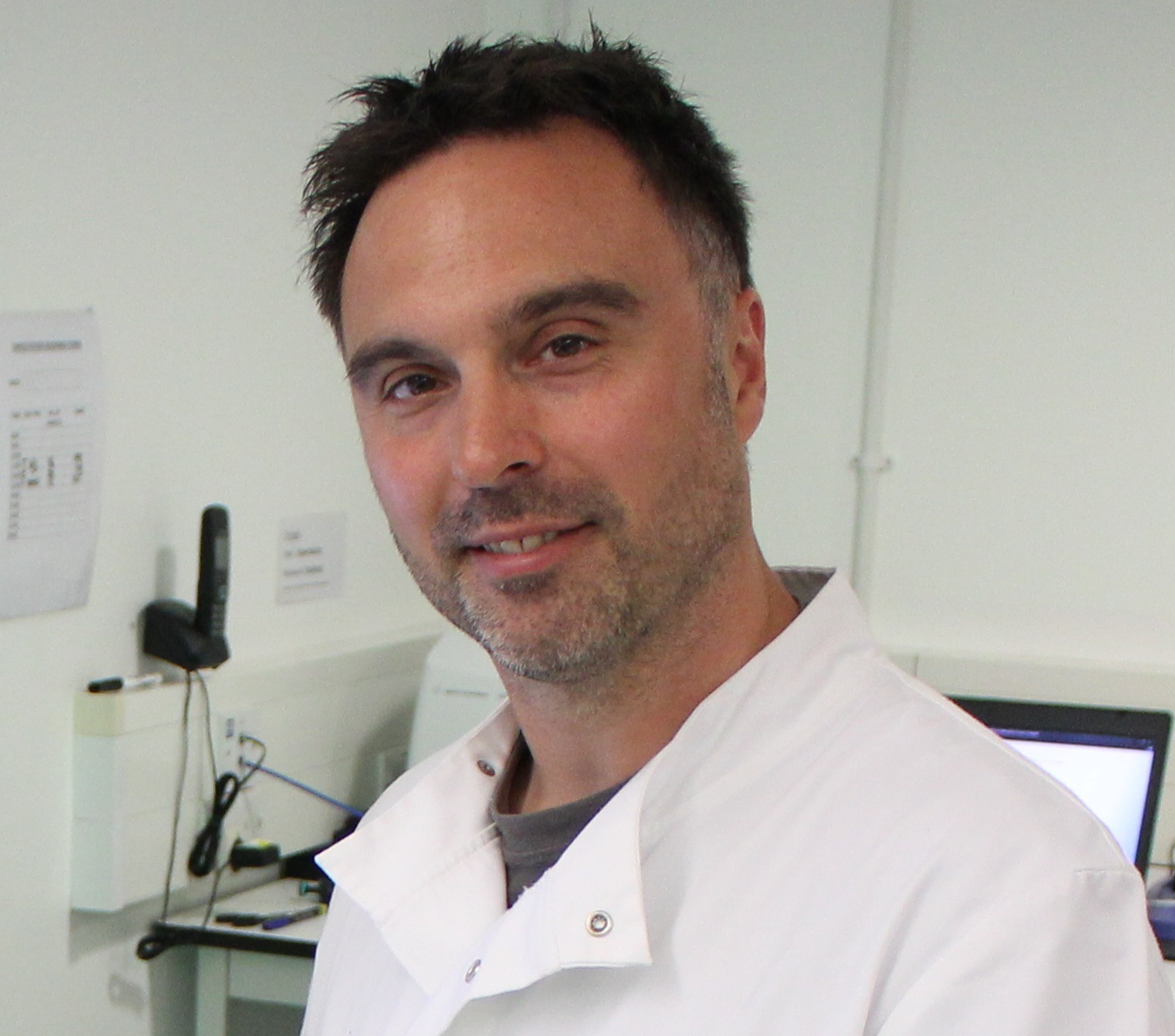 Nik Matthews recently joined MDR as the Head of Imperial BRC Genomics Facility. We caught up with him to find out about his background, research and interests.
Nik Matthews recently joined MDR as the Head of Imperial BRC Genomics Facility. We caught up with him to find out about his background, research and interests.
Introduce yourself – who are you and what do you do?
My name is Nik Matthews. I’m a genomicist and have been working in this field for over 20 years. At imperial I’m now the new Head of the Imperial BRC Genomics Facility.
Where were you working or studying before you joined MDR?
I’ve come from a cancer research background and my last post was at the Institute of Cancer Research in Chelsea.
What first inspired your interest in genomics?
I was a member of the team/s at the Sanger institute involved in the first-ever genome project. That for me was an amazing experience and what stimulated my interest in this area. However, the first time I was involved in genomics was at university Sanger sequencing Dictyostelium – amazing organisms.
What is the most interesting piece of research you are currently working on?
I’ve only just started here but some areas I want to keep working on are:
- Long Read workflows but using standard NGS platforms.
- Using samples/tissues (including FFPE) with low numbers of cells and sorting for either single-cell genomics or more focused bulk sequencing.
- Early disease detection by utilising multi-omics, patient (meta) data and machine learning; alongside and utilising polygenic risk score analysis (PRS).
- Incorporation of epigenetics to all the above.
Do you have any collaborative opportunities in your research?
All my work is collaborative. Actually, all the work the group does is, or will become, collaborative as well – it is the only way forward.
What has been the proudest achievement of your career so far?
Tough one – I suppose it was the medal we all got for being members of the first human genome project. Well, either that or having my then girlfriend chatted up by James Watson at the 50th anniversary party for uncovering the structure of DNA. By the way, I was not proud in any way by James doing that, what I was proud of was she still picked me!
What do you find to be the most challenging aspect of your work?
Oh my, dare I say it – people. Managing monsters would be easier sometimes. I love the scale and breadth of my work, this allows me to fulfil many of my interests but from a much larger spectrum. However, I will rarely know as much as my collaborators do about their work – for me, that is challenging as I would like to know everything.
What do you consider to be the key challenges in healthcare and medicine that we need to overcome in the next 20 years?
Early detection. We need (and I mean this with as much passion and frustration as one can add in the text on a screen) to move away from the trap of treating symptoms and into the arena of curing the cause.
What is the best piece of advice you would give to students and early career researchers who aspire to have a successful career in research and/or academia?
Ask questions – a lot of questions. Never stop learning or inspiring others to learn. Share everything you do. Be the conduit for those questions, learning and sharing. Those who covert their data doom research.
And finally, if you could time travel, when/where would you go?
This is probably the hardest question. So it is a toss-up between:
I’m an avid collector of fossils – I would love to see them alive – let’s say I want to see an Archaeopteryx fly (so circa ~150 million to 125 million years ago) and I could have spied some other Dinosaurs as well – brilliant.
Or:
I love physics and one of my heroes is Sir Isaac Newton (circa 1705 just after his knighthood). I would have loved to speak to him about motion, thermodynamics and if he was indeed a dyslexic like me.
But this time I will pick:
I want to speak to Alfred Nobel (circa 1884 just after he was elected as a member of the Royal Swedish Academy of Sciences), not around his invention of dynamite but his legacy in the Nobel prizes. Whatever reason he decided to set these prizes up is not going to be part of the debate. However, not allowing posthumous prizes (whether his fault or not) will definitely be on the agenda. Many deserve this honour but as a genomicist one cannot feel shame that Rosalind Franklin was not, at the time, seen as an important contributor to the work published on the structure of DNA or given a posthumous Nobel prize with the others involved.